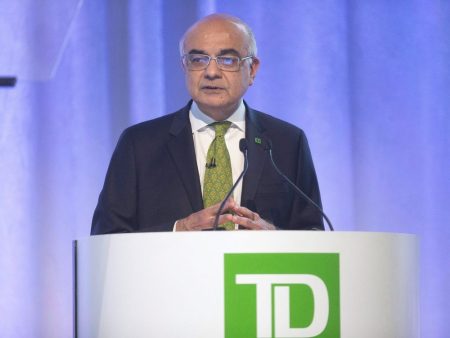Brookfield Asset Management Inc.’s newly established credit branch will serve its parent’s insurance business and will also approach other insurers to oversee their assets, according to the unit’s CEO.
“We have chosen to consolidate all of our credit activities under one roof to increase focus and drive growth,” said Craig Noble, who was recently appointed to lead the endeavor.
Brookfield Asset anticipates that its credit segment will experience the most rapid growth, more than tripling in size over the next five years. The Toronto-based firm is looking to credit — including its insurance platform — to help it achieve US$1 trillion of fee-bearing assets by 2028, up from US$457 billion at the close of last year.
Brookfield Reinsurance Ltd., a separate publicly traded entity controlled by parent company Brookfield Corp., is set to finalize its acquisition of American Equity Investment Life Holding Co. in the upcoming weeks, doubling its insurance assets to about US$100 billion. Noble’s team will oversee the majority of that capital.
Noble’s credit unit supervises a total of US$200 billion, which includes Brookfield’s infrastructure and real estate lending funds, as well as partnerships with Oaktree Capital Management, European credit manager LCM Partners, Primary Wave and 17Capital.
“One of our growth areas is to manage larger portions of balance sheets for insurance companies and other institutions,” Noble said, adding that the unit has been doing that for Brookfield Re and, increasingly, for third-party insurance companies.
The unit’s investment strategies also involve “insurance solutions” such as investment-grade debt, structured finance and asset-backed financing, Noble said. But private credit and direct lending continue to make up the majority of the business, accounting for 80 per cent of fee revenue last year.
- Brookfield, Sequoia offshoot launch fund to target cut-priced startups
- Brookfield trumps buyout titans with $50-billion deal spree
- Brookfield increased loan to Compass ahead of $5.5-billion buyout
Alternative-asset managers have been diversifying into areas beyond traditional buyouts after rising interest rates made borrowing more expensive. This has led to a rush toward private credit, which stepped in to fill a lending gap as traditional banks pulled back. Private equity firms have also been acquiring stakes in insurers to influence how they invest and expand their balance sheets.









